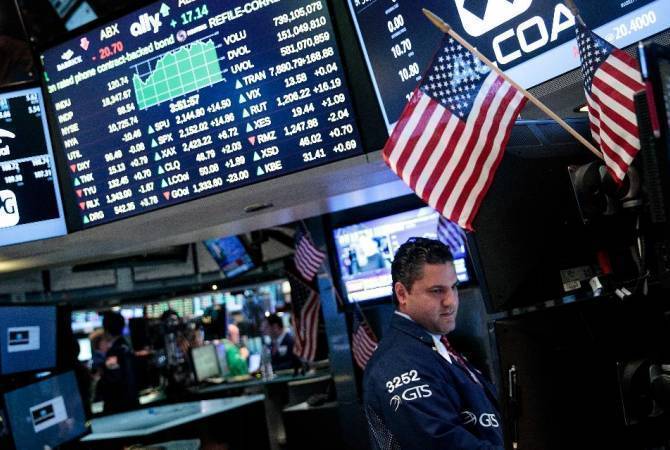Also, their government debt loads, generally averaging less than 50% of GDP,

In part, that's because big companies headquartered in those countries face competitive factors similar to those of the U.S. and European giants.
譯文由可可原創(chuàng),僅供學(xué)習(xí)交流使用,未經(jīng)許可請(qǐng)勿轉(zhuǎn)載。












